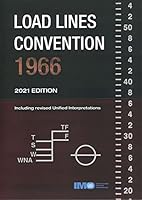Foundations of Analysis
Select Format
Select Condition 
You Might Also Enjoy
Book Overview
Unified and highly readable, this introductory approach develops the real number system and the theory of calculus, extending its discussion of the theory to real and complex planes. 1991 edition.
Format:Paperback
Language:English
ISBN:0803283598
ISBN13:9780803283596
Release Date:August 1988
Publisher:University of Nebraska Press
Length:298 Pages
Weight:0.80 lbs.
Dimensions:0.7" x 5.4" x 8.0"
Related Subjects
13 - 17 Years Americas Biographical Biographies Biographies & History Biography & History Earth-Based Religions Ethnic & National Historical History History & Criticism Movements & Periods Native American Native American Studies Other Religions, Practices & Sacred Texts Politics & Social Sciences Social Science Social Sciences Specific Demographics Tribal & Ethnic WorldMore by Imo
Customer Reviews
72 customer ratings | 4 reviews
There are currently no reviews. Be the first to review this work.


























































